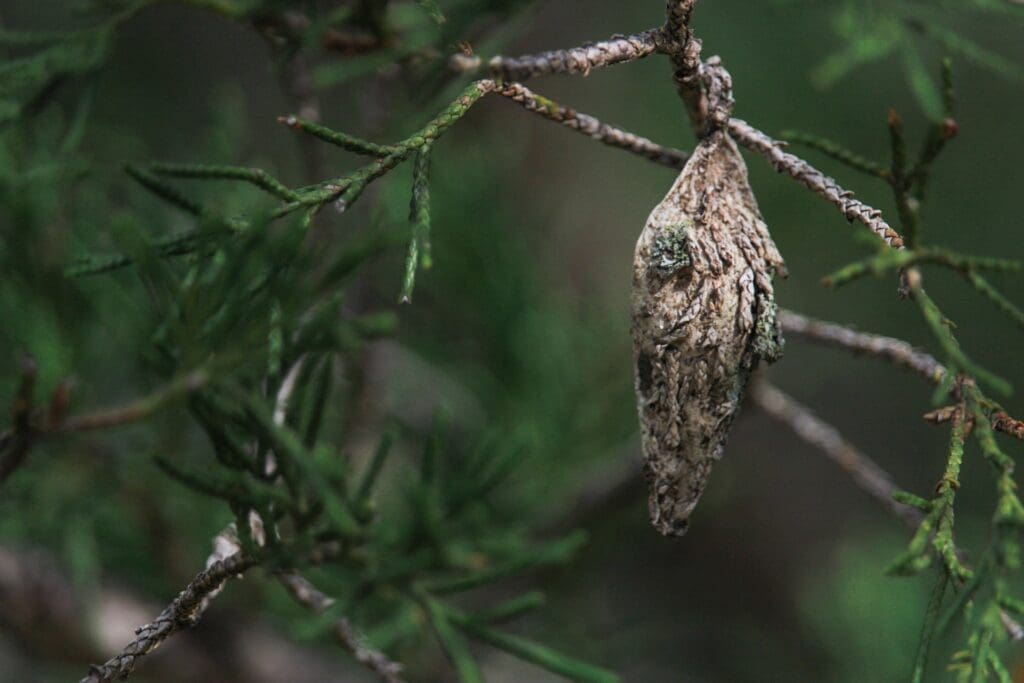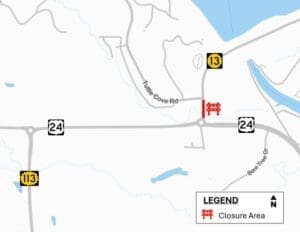By Trish Svoboda
Photo by Quinn O’Hara
Mid-May to early June is typically when one should start looking out for bagworms. However, if the spring season is warmer than usual, this could advance the schedule by a week or more. As soon as bagworms appear, they can be manually removed. However, the application of insecticides should not start until the end of May. Treatments applied late are not effective, therefore early detection is important for successful control.
Bagworm larvae feed on plant foliage, causing visual damage to trees and shrubs. Their three-month feeding period intensifies with their growth, potentially leading to defoliation. Unmanaged, successive years of extensive feeding can result in total defoliation and death of mature trees and shrubs.
For minor bagworm issues, K-State Research and Extension suggests regular handpicking during growth and winter seasons to reduce future populations. Thorough checks for bags in plant canopies are crucial. Missed female bags can lead to a significant increase in larvae. Removed bags should be soaked in soapy water, and then sun-dried. Avoid discarding in garbage or compost piles.
For more serious issues, it is recommended to use insecticides. Start in late May, repeating weekly for four weeks. As eggs hatch at different times, repeated applications are necessary. Check plants for bags to determine if more applications are needed. Insecticides are most effective when applied in the morning or evening, and when larvae are small. Once larvae reach 1 to 2 inches, they are harder to manage.













